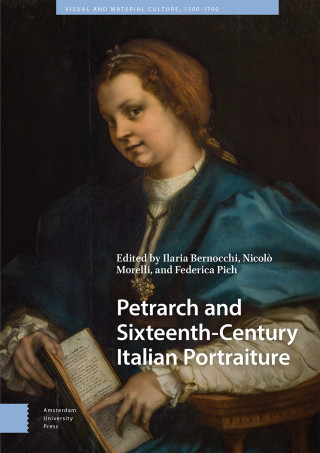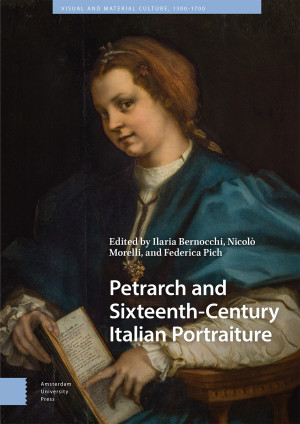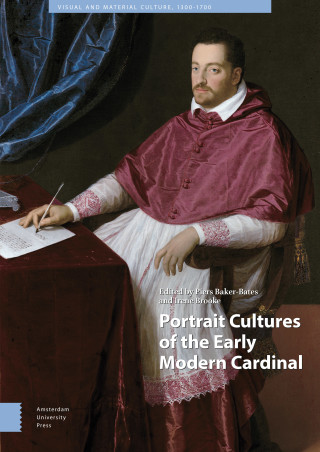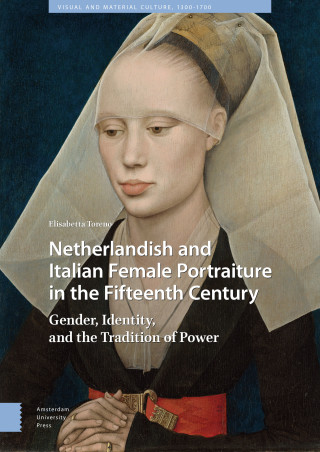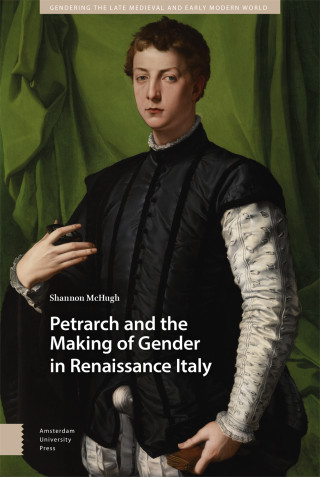Nicolò Morelli has been Teaching Associate in Italian in the Faculty of Modern and Medieval Languages and Linguistics, University of Cambridge, since 2022, where he had previously completed his PhD in 2019. His research focuses on medieval and early modern Italian literature, with special emphasis on the transnational scope of Petrarch’s production, that is, his engagement with earlier vernacular poetry between Italy and Occitania and his intellectual legacy in English humanism. He has published on the issues of animal imagery in medieval Italian literature, investigating the troubled boundaries between the notions of human and non-human in love poetry. His current research explores Petrarch’s place in English early modern scholarship, particularly in the academic milieus of Oxford and Cambridge in the sixteenth century.
